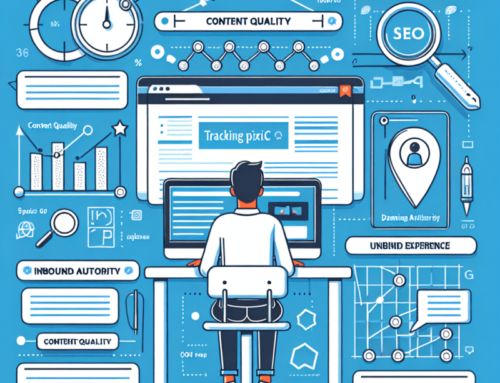Software development is a complex process that requires meticulous planning, coordination among teams, and precise execution to ensure the success of a project. The software development life cycle (SDLC) encompasses everything from idea conception to the delivery and maintenance of the final product. Optimizing this life cycle is essential for improving efficiency, reducing costs, and increasing the quality of the software. In this article, we will explore strategies and best practices to optimize the software development life cycle, covering each of its stages.
1. Planning and Requirements Analysis
Planning is the foundation upon which the entire project is built. A thorough requirements analysis is crucial for understanding what the client needs and how the software should meet those expectations. This phase includes gathering functional and non-functional requirements, drafting a clear project scope, and defining the goals and objectives to be achieved.
Optimization Strategies:
- Early Client Involvement: Engaging the client early ensures that all requirements are understood and aligned with their expectations.
- Clear Documentation: Maintaining detailed and clear documentation helps prevent misunderstandings in later phases.
- Requirements Prioritization: Not all requirements hold the same importance. Prioritizing them based on their impact on the project can optimize time and resource management.
2. Software Design
Once the requirements have been clearly defined, the next step is to design the software architecture. This includes selecting technologies, structuring the system, designing the user interface, and integrating databases, among other aspects. A well-thought-out design acts as a blueprint that guides developers during the coding phase.
Optimization Strategies:
- Use of Design Patterns: Implementing proven design patterns can accelerate development and improve software maintainability.
- Prototyping: Creating prototypes can help visualize software functionality and make adjustments before coding.
- Collaborative Review: Conducting design reviews with multiple teams or stakeholders ensures that different perspectives are considered and minimizes errors.
3. Development and Coding
The development phase is where the design turns into a functional product. Developers write the code according to the design specifications. Efficiency in this stage is crucial, as any delays can affect subsequent phases.
Optimization Strategies:
- Use of Continuous Integration (CI/CD) Tools: These tools allow developers to integrate and deploy code changes faster and more securely.
- Unit Testing: Implementing unit tests from the beginning of development helps catch errors early, reducing costs and time.
- Pair Programming: Pair programming not only improves code quality but also speeds up the development process by sharing knowledge and solving problems in real-time.
4. Software Testing
Testing is essential to ensure that the software works as intended and is free of defects. This phase includes functional, integration, system, and user acceptance testing. Optimization at this stage is crucial to ensure a high-quality final product.
Optimization Strategies:
- Test Automation: Automating repetitive or time-consuming tests can speed up the process and increase test coverage.
- Testing in Simulated Environments: Using test environments that simulate real conditions allows for the detection of issues before deployment.
- Early Feedback: Integrating early feedback mechanisms during testing allows for corrections in earlier phases, saving time and resources.
5. Deployment and Delivery
Deployment is the process of delivering the software to the production environment. A well-planned deployment ensures that the software reaches the end-user without issues and with minimal disruption.
Optimization Strategies:
- Incremental Deployment: Implementing software in small stages or to groups of users allows for the detection and resolution of problems without affecting the entire user base.
- Real-Time Monitoring: Using monitoring tools to supervise software performance and detect potential issues immediately.
- Contingency Plans: Having a contingency plan in case of critical failures during deployment is essential to minimize impact.
6. Maintenance and Updates
The software development life cycle does not end with delivery; maintenance and updates are crucial to ensure that the software remains useful and relevant over time.
Optimization Strategies:
- Continuous Monitoring: Continuously monitoring the performance and stability of the software allows for the identification and resolution of issues before they affect users.
- Version Management: Implementing a version management system helps control and organize updates, reducing the risk of errors.
- Efficient Technical Support: A well-trained support team can resolve issues quickly, improving customer satisfaction and product longevity.
Conclusion
Optimizing the software development life cycle is essential for any organization that wants to deliver high-quality products efficiently. From planning to maintenance, each stage of the SDLC offers opportunities to improve processes and outcomes. By implementing the strategies mentioned, companies can reduce costs, shorten development times, and ensure that software meets client expectations and market demands.







Leave A Comment